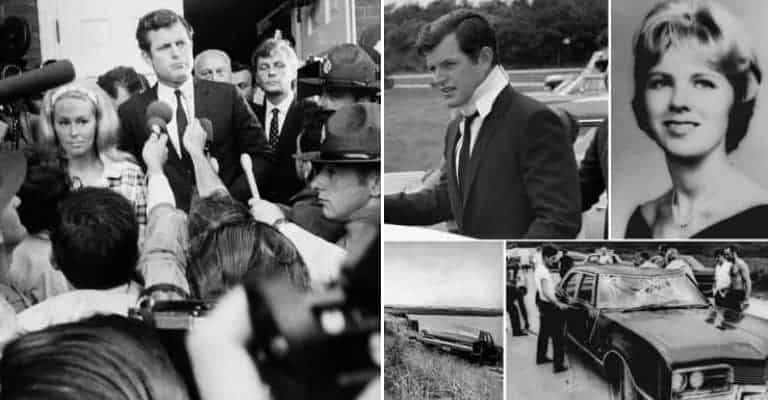Senator Ted Kennedy, the youngest brother of assassinated president John F. Kennedy and slain presidential hopeful Robert F. Kennedy had his own eye on the presidency before the fatal Chappaquiddick incident on July 18, 1969. The episode saw Senator Kennedy drive his car off of a bridge into a pond. His passenger, a young campaign staffer, named Mary Jo Kopechne, was not able to free herself from the sinking car. Kennedy left her behind to go get help, bringing only two hand-chosen close friends. After they were unable to retrieve her, they left without ever notifying anyone else. Kopechne’s body was found the next day.

16. Mary Jo Kopechne, The Victim, Was Never Autopsied
Due to Kennedy and his friends never notifying authorities about the accident, Kopechne’s body wasn’t found for hours. Locals discovered the car in the water the next day, July 19th, and alerted the police. Divers found Kopechne’s body on the morning of the 19th. According to a firefighter on the scene, who helped recover the body, Kopechne was positioned in a way that indicated she had an air bubble and was fighting to live as the car was slowly submerged. Others have argued that the water would have been too cold to survive for long. Regardless of how long it took, what is undeniable is that Kopechne died under suspicious circumstances.
Despite her death under tragic and unknown circumstances, Kopechne was never given an autopsy. An examination would have made it clear if she had drowned or suffocated as well as if she had other injuries, had been drinking, or most controversial of all, had she been pregnant. Even in the 60s, it was traditional to autopsy bodies when a crime possibly occurred. At the time, Mary Jo’s parents opted out of autopsy proceedings due to the scandal surrounding whether or not their daughter was pregnant. Her mother said later in an interview that choosing to not do an autopsy was the biggest mistake of her life and that it could have “cleared a lot of things up.”

